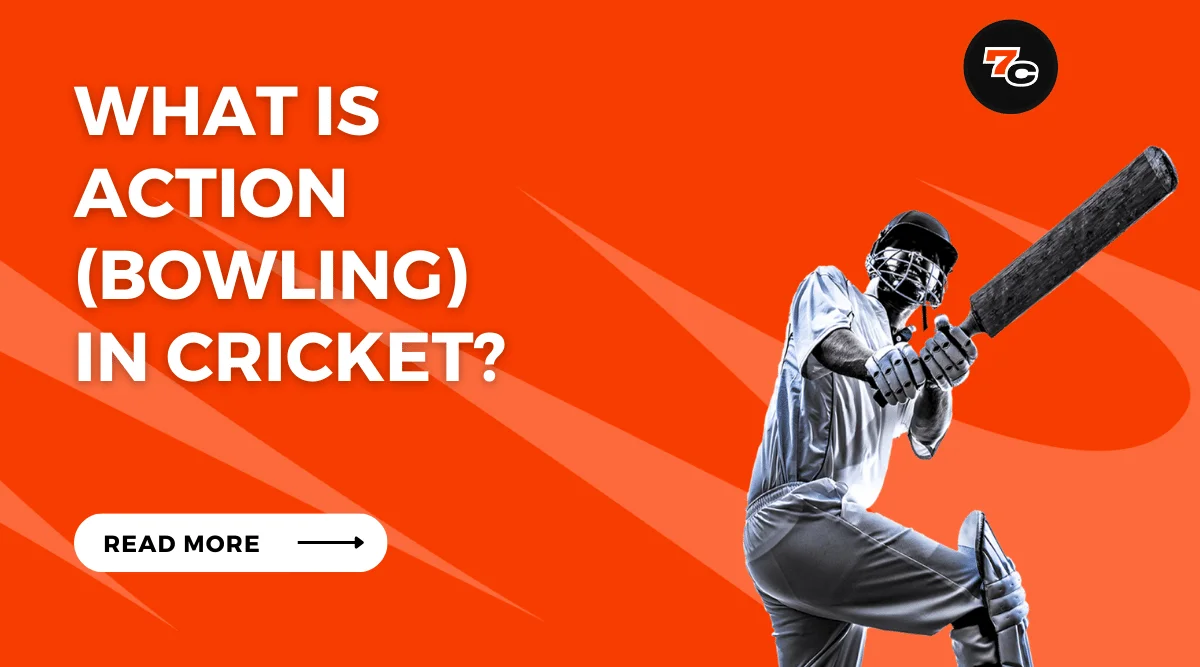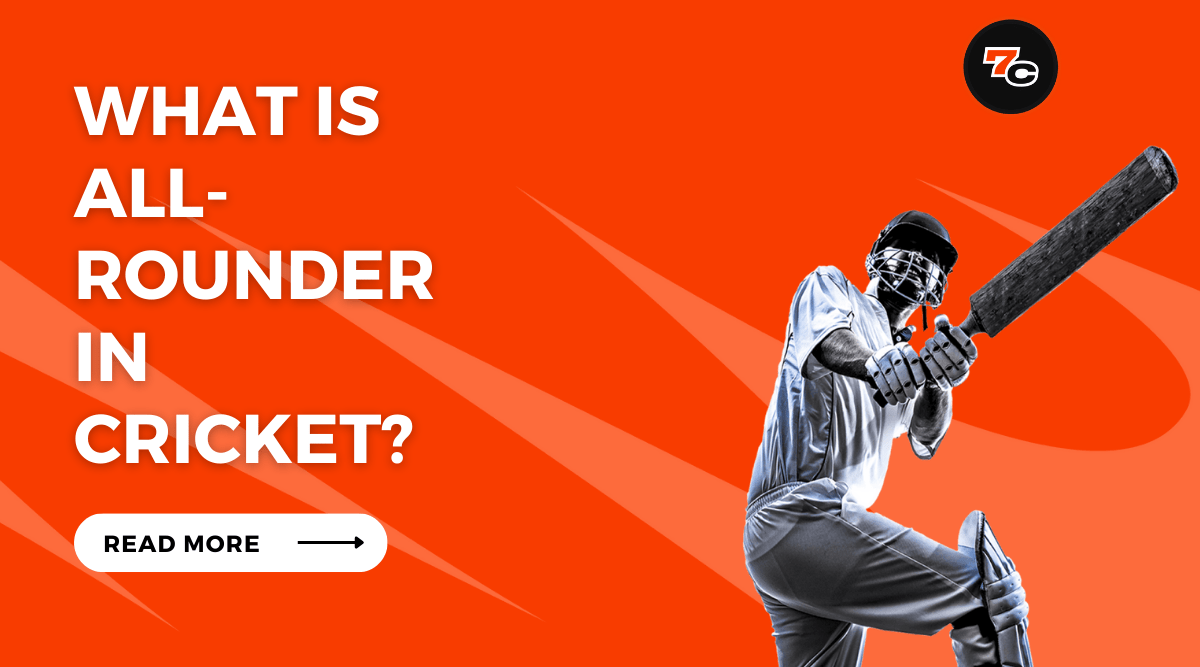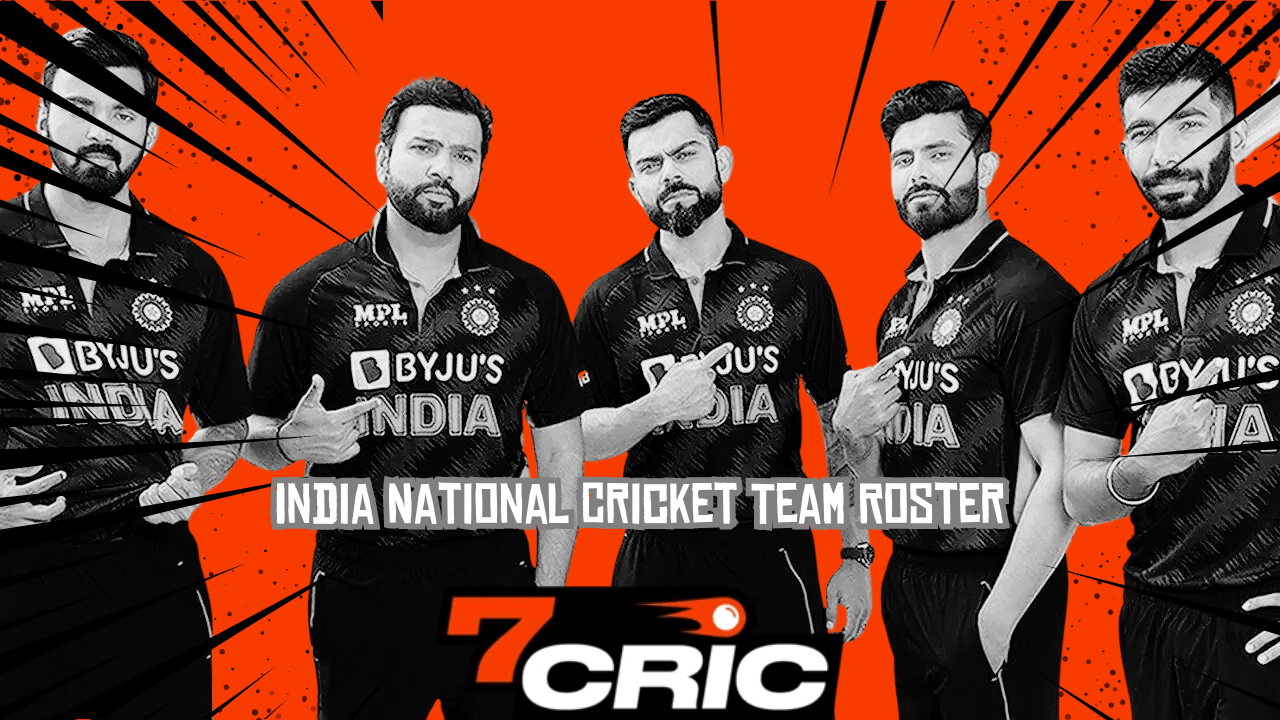The death overs in cricket, a term metaphorically derived from the final moments of life, represent the last few overs of an innings where teams strive to maximize their run-scoring potential or restrict their opponents’ scoring opportunities.
This critical phase of the game demands strategic decision-making and skillful execution from both batsmen and bowlers.
By employing calculated tactics, players aim to tip the scales in their favor, often resulting in exhilarating moments that leave a lasting impression on spectators.
In this article, we explore the significance of death overs in cricket and delve into various strategies employed by teams during this crucial period.
Key Takeaways
- Death overs in cricket are a crucial phase of the game that often determines the outcome of the match.
- Fielding placement strategies play a significant role in the dynamics of the team and can influence breakthroughs for the bowling side.
- Bowlers in the death overs focus on containing runs, inducing mistakes from batsmen, and applying pressure.
- Batsmen approach the death overs with the aim of scoring as many runs as possible, taking calculated risks, and targeting weaker bowlers.
Importance of Death Overs in Cricket
The significance of the death overs in cricket lies in their potential to heavily influence the outcome of a match.
These are the final overs of an innings, typically ranging from the 40th to the 50th over in One Day International (ODI) matches or from the 16th to the 20th over in Twenty20 (T20) matches.
The pressure situations that arise during these overs make them critical for both batting and bowling teams. In death overs, batsmen face immense pressure to score runs quickly while also avoiding losing wickets.
To handle this pressure, teams often rely on all-rounders who possess strong batting skills along with the ability to hit big shots.
These players can effectively navigate through challenging situations and provide momentum to their team’s innings.
Furthermore, the role of all-rounders becomes crucial as they contribute not only with their batting prowess but also with their bowling abilities during these overs.
They are often trusted with delivering crucial overs at the end of an innings, where they aim to restrict opposition batsmen and take wickets.
Transitioning into strategies for batting in death overs, teams employ various techniques such as aggressive stroke play, innovative shot making, and calculated risk-taking.
By adopting these strategies, batsmen aim to maximize run-scoring opportunities while minimizing risks associated with losing wickets.
Overall, understanding the importance of death overs is vital for teams aiming to succeed in limited-overs cricket.
It requires skillful execution by all-rounders and a well-thought-out approach by batsmen when facing these high-pressure situations.
Strategies for Batting in Death Overs
Strategies employed for batting during the final stages of an innings involve a focus on increasing run rate while minimizing risk.
In the context of death overs in cricket, batting techniques play a crucial role in determining the outcome of the match.
One prominent strategy utilized by batsmen is power hitting, which involves playing aggressive shots to score boundaries and maximize runs in a short span of time.
Power hitting requires batsmen to generate significant bat speed and timing, enabling them to clear the boundary ropes or find gaps in the field.
To execute power hitting effectively, players often adopt a strong base and use their lower body strength to generate power through their shots. This technique allows them to hit the ball with greater force and distance.
Additionally, batsmen utilize various other strategies during death overs, such as targeting specific bowlers known for their weaker deliveries or exploiting gaps in the field placements.
They also employ quick running between wickets to convert singles into doubles and put pressure on the opposition.
Transitioning into strategies for bowling in death overs without explicitly stating it can be achieved by discussing how effective batting techniques can influence bowlers’ plans and approach during this critical phase of the game.
Strategies for Bowling in Death Overs
This discussion will focus on strategies for bowling in death overs, specifically exploring variations in pace and length, the use of yorkers and slower deliveries, and effective field placements and bowling plans.
Variations in pace and length are crucial for a bowler to keep the batsman guessing and prevent predictable shots.
Yorkers and slower deliveries add an element of surprise to the bowling attack, making it difficult for the batsman to score freely.
Field placements and bowling plans play a vital role in restricting runs and taking wickets during the death overs, requiring careful analysis of the batsman’s strengths and weaknesses.
Variations in pace and length
Variations in pace and length during the death overs in cricket can pose challenges for batsmen. Bowlers often employ different strategies to keep the batsmen guessing and prevent them from scoring freely.
Some of these variations include using swing to deceive the batsman and create opportunities for wickets, as well as employing bouncers to disrupt their rhythm.
In terms of swing variations, bowlers may attempt to swing the ball into or away from the batsman, making it difficult for them to predict the trajectory.
This can lead to mistimed shots or even edges that result in catches. Additionally, by mixing up the length of deliveries, bowlers can further confuse batsmen and force them into making mistakes.
To summarize:
- Variations in swing: Bowlers use both inswing and outswing deliveries to deceive batsmen.
- Use of bouncers: Bowlers incorporate bouncers strategically to unsettle batsmen’s timing.
- Varying delivery lengths: By altering the length of deliveries, bowlers aim to induce errors from batsmen.
These tactics form part of a comprehensive bowling strategy designed to limit runs and take crucial wickets during the death overs.
As we transition into discussing yorkers and slower deliveries in the next section, we explore additional methods employed by bowlers during this critical phase of a cricket match.
Yorkers and slower deliveries
Bowlers employ yorkers and slower deliveries as effective techniques to disrupt the batsmen’s timing and induce mistakes.
Yorkers are full-length deliveries aimed at the base of the stumps, making it difficult for batsmen to get under the ball and generate power.
On the other hand, slower deliveries are variations in pace that deceive batsmen by reducing the speed of the delivery, forcing them to mistime their shots.
The choice between yorkers and slower deliveries depends on various factors such as pitch conditions, batsman’s form, and match situation.
To understand their impact on power hitting techniques, consider the following table:
| Technique | Description |
|---|---|
| Yorkers | Aimed at base of stumps; restricts power generation |
| Slower Deliveries | Variations in pace; deceives batsmen into mistiming shots |
This insight into different bowling techniques sets up a discussion on field placements and bowling plans without explicitly mentioning ‘step’.
Field placements and bowling plans
Transition: Moving on from discussing the different bowling techniques in death overs, it is essential to consider the strategic aspect of field placements and bowling plans.
By employing effective fielding positions and attacking strategies, teams aim to restrict the opposition’s scoring opportunities and increase their chances of taking wickets.
Field Placements and Bowling Plans
In order to optimize their defensive capabilities during death overs, teams strategically position their players in specific locations on the field.
This involves a careful analysis of the opposition’s batting strengths and weaknesses, as well as an understanding of the bowler’s strengths.
The goal is to create pressure on the batsmen by limiting their ability to score boundaries or rotate strike easily.
Key considerations for field placements include:
- Covering boundary areas with deep point, fine leg, long off or long on
- Employing close-in catchers at short third man or short fine leg positions
Simultaneously, bowling plans are devised based on individual bowlers’ skills and variations. Bowlers may be instructed to focus on Yorkers or slower deliveries depending on their expertise. The objective is not only to contain runs but also induce mistakes from batsmen under pressure.
Transition: These strategic elements play a crucial role in shaping memorable moments in death overs where matches can often swing dramatically.
Memorable Moments in Death Overs
Notable instances of high-pressure situations and remarkable performances have been witnessed during the death overs in cricket matches.
The death overs refer to the final few overs of an innings, where batsmen attempt to score as many runs as possible while bowlers strive to restrict them.
This phase of the game often determines the outcome of a match and requires careful strategizing from both teams.
One crucial aspect during the death overs is fielding placement, which can significantly impact team dynamics. Fielders are strategically positioned to prevent boundaries and take wickets, putting pressure on batsmen to take risks.
Teams often employ various strategies during this period, such as placing fielders on the boundary line or having extra fielders inside the circle to cut off runs.
To illustrate these strategies further, consider the following table:
| Fielding Strategy | Impact on Team Dynamics |
|---|---|
| Having a deep point | Restricts boundaries |
| Placing a sweeper cover | Prevents easy runs |
| Deploying mid-off/mid-on inside the circle | Increases chances of run-outs |
| Positioning long-on/long-off on boundary | Discourages big hits |
| Using fine leg at backward square leg | Saves runs from flick shots |
These strategic decisions not only affect individual players but also influence team dynamics by creating pressure on batsmen and potentially leading to breakthroughs for bowling sides.
Unraveling the Mysteries of Death Overs in Cricket
The death overs in cricket are the final few overs of an innings, often considered high-pressure situations that can determine the outcome of a match.
In batting, strategies such as aggressive hitting and targeting specific bowlers are employed to maximize runs. Bowlers focus on restricting runs and taking wickets through variations in pace, line, and length.
Memorable moments in death overs include epic chases or dramatic collapses. For instance, during the 2016 T20 World Cup, England’s Ben Stokes conceded four consecutive sixes in the final over against Carlos Brathwaite of West Indies, leading to a stunning victory for West Indies.
Frequently Asked Questions: Death Overs
How many overs are considered as death overs in cricket?
In cricket, the death overs typically refer to the final overs of an innings. The number of overs considered as death overs can vary but is commonly regarded as the last five to ten overs. Strategies for batting in death overs often focus on maximizing the average run rate through aggressive shots and calculated risks.
What is the average run rate in the death overs?
The average run rate in the death overs, which refers to the final overs of a cricket match, varies depending on various factors such as the pitch conditions and teams' strategies for scoring. For example, teams may adopt aggressive batting approaches or target specific bowlers to maximize their run-scoring potential.
How do teams decide which bowler to use in the death overs?
Teams decide which bowler to use in the death overs based on various strategies and tactics. Factors such as the bowling plans, power hitters in the opposition team, and pressure situations play an important role in making this decision.
Can a team change its batting order during the death overs?
Teams have the flexibility to change their batting order during the death overs in cricket. This strategic decision aims to maximize run scoring potential by incorporating power hitters who can have a significant impact on the game's outcome.
Are there any specific fielding positions that teams employ during the death overs?
During the death overs in cricket, teams often employ strategic fielding positions to maximize their chances of taking wickets and limiting runs. These fielding strategies are crucial as they can heavily influence the outcome of the match.











